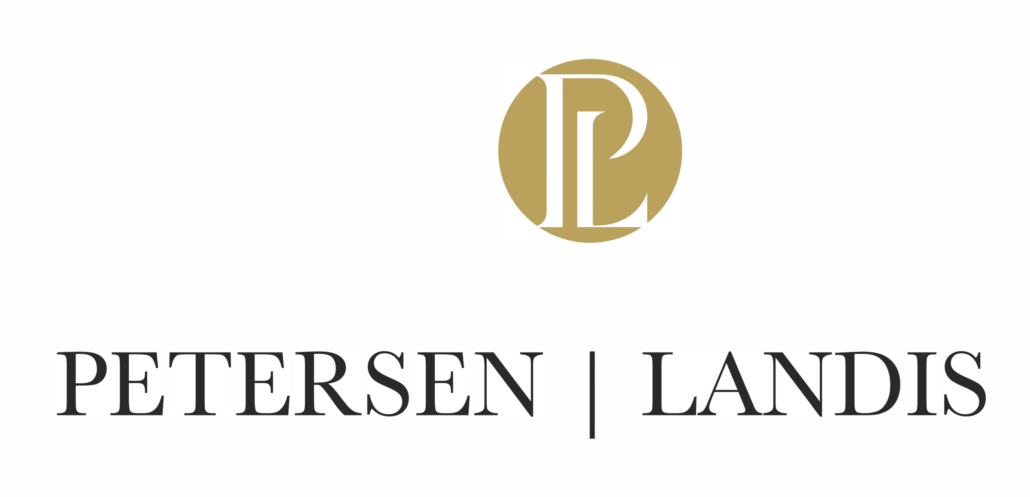Negotiating Indemnity Deductibles and Caps in M&A Deals
In M&A transactions, indemnity provisions serve as the primary mechanism for allocating post-closing risk between buyers and sellers. While these provisions cover numerous aspects of potential liability, the negotiation of indemnity deductibles and caps often becomes the most contentious element of deal structuring. Recent market data reveals why: with actual indemnification claims appearing in roughly one-third of all transactions, getting these terms right isn’t theoretical; it directly impacts deal outcomes.
Here’s what you need to know to successfully navigate and negotiate indemnity deductibles and caps in M&A deals.
Understanding the Framework of Indemnity Deductibles and Caps in M&A Deals
Indemnity deductibles (sometimes called “baskets”) function as the buyer’s initial absorption of risk before indemnity coverage kicks in. Think of them as the equivalent of an insurance deductible: the buyer bears losses up to this threshold amount.
Caps, on the other hand, establish the seller’s maximum exposure, providing certainty around total financial risk. The interplay between these mechanisms creates different risk profiles. A “true deductible” means buyers can only recover losses exceeding the threshold amount.
A “tipping basket” structure allows buyers to recover all losses, including amounts within the deductible, once the threshold is breached.
Related Article: Indemnity Provisions in Agreements for Sale of a Business
Current Market Data
Recent studies provide concrete benchmarks for structuring these provisions:
- Indemnity Deductible Trends: Most baskets equal 0.5% or less of transaction value, with 56% falling at or below this threshold. For deals over $10 million, true deductibles appear in more than 60% of transactions, making them the dominant structure. Current market data shows approximately 70% of deals use true deductibles, 26% employ tipping baskets, with hybrid approaches comprising just 4%.
- Cap Analysis: Cap ranges span from 1% to 100% of purchase price, though the average has declined due to increased use of RWI. Deals with RWI consistently show lower indemnity caps compared to uninsured transactions. This correlation reflects how insurance shifts traditional buyer-seller risk allocation.
- Claims Reality: Analysis of over 850 recent transactions reveals that indemnification claims occur frequently enough to make these negotiations business-critical rather than academic exercises.
Related Article: Sandbagging Clauses in M&A Agreements
The Fundamental Rep Exception of Indemnity Deductibles and Caps in M&A Deals
Most agreements carve out “fundamental representations” from standard deductible and cap structures. These core representations, covering ownership, authority, capitalization, and similar foundational matters, often carry higher caps or unlimited liability.
The rationale is straightforward: if a seller cannot validly transfer what they claim to own, standard risk allocation principles shouldn’t apply.
We regularly see disputes over what constitutes a fundamental representation, particularly regarding tax compliance, regulatory matters, and certain operational liabilities. The classification can dramatically impact potential exposure, making precise drafting essential.
Related Article: Negotiating an Engagement Agreement with an Investment Banker
Leveraging Market Intelligence for Better Outcomes
The most effective negotiations start with comprehensive market data, not theoretical risk preferences. Recent ABA studies, SRS Acquiom claims reports, and other industry analyses provide the foundation for data-driven negotiations that both parties can respect.
Our approach centers on translating this market intelligence into deal-specific strategies. When representing sellers, we demonstrate how proposed deductibles align with the 56% of deals at 0.5% or below, particularly when enhanced due diligence or RWI coverage exists. For buyers concerned about meaningful protection, we point to the one-third claims frequency rate to justify positions within established market ranges.
This data-driven approach produces faster negotiations with more durable results. Rather than arguing theoretical fairness, parties can focus on where their specific deal sits within documented market practice.
Tailoring Terms to Transaction Reality
Market benchmarks provide the starting point, not the ending point. Each transaction carries unique risk characteristics that should influence the final structure. A technology company with potential intellectual property issues presents different considerations than a manufacturing business with environmental exposure.
We work with clients to conduct thorough risk assessments that inform negotiation strategy. This might mean accepting higher deductibles in exchange for specific carve-outs, or agreeing to lower caps when paired with comprehensive RWI coverage.
The key is ensuring that the indemnity structure actually addresses the risks most likely to materialize. We’ve seen too many deals where parties fought extensively over theoretical scenarios while overlooking more probable exposure areas.
Strategic Use of Risk Transfer Tools for Indemnity Deductibles
Modern M&A practice offers several mechanisms for managing indemnity risk beyond traditional buyer-seller allocation. Escrow accounts provide immediate claim satisfaction but tie up seller capital. RWI shifts risk to third-party insurers while often reducing direct seller exposure. Earnout structures can incorporate indemnity setoff rights that streamline dispute resolution.
Each tool carries trade-offs that affect negotiation dynamics. For instance, RWI policies typically require buyers to retain the first 1% of losses, but may allow sellers to accept much lower direct caps. Understanding these interactions allows for more creative deal structures that serve both parties’ core interests.
Dispute Resolution Mechanics Matter
The best indemnity provisions mean little if disputes cannot be resolved efficiently. We focus significant attention on notice requirements, investigation periods, and resolution mechanisms.
Simple improvements, like requiring specific claim documentation or establishing clear timelines for seller responses, can prevent minor disagreements from escalating into major disputes.
Many agreements now include mandatory negotiation periods before formal dispute resolution, which we’ve found reduces both the frequency and cost of post-closing conflicts.
Practical Negotiation Strategies
Successful indemnity negotiations require balancing multiple competing interests while maintaining deal momentum. Based on our experience across hundreds of transactions, several principles consistently drive better outcomes:
- Lead with market data. Positions supported by objective market evidence carry more weight than theoretical arguments about fairness or risk.
- Focus on materiality. Not every representation breach deserves the same treatment. Distinguish between fundamental issues that could destroy deal value and operational matters that represent normal business risks.
- Consider the total deal structure. Indemnity terms should align with other transaction elements like purchase price mechanisms, due diligence scope, and post-closing integration plans.
- Plan for the future. The best indemnity provisions are ones that both parties hope never to use but feel confident will work fairly if needed.
Related Article: Preparing to Sell Your Business: 4 Steps to Maximize Value
Expert Guidance to Navigate Indemnity Deductibles and Caps in M&A Deals
Effective indemnity negotiations require both market sophistication and deal-specific judgment. With documented claims appearing in roughly one-third of transactions and clear market patterns emerging around deductible and cap structures, the negotiation process for indemnity deductibles and caps has, in many ways, become more predictable, but it is no less important.
At Petersen + Landis, we combine current market intelligence with transaction experience to help clients navigate these negotiations efficiently. Whether you’re working within the 70% of deals that use true deductibles or structuring something more tailored to your specific risk profile, our goal is to achieve terms that protect your interests while maintaining deal momentum.
Ready to discuss your M&A transaction needs?
San Diego Office
12264 El Camino Real, Suite 109
San Diego, CA 92130
Phone: 858.925.7084
Chicago Office
444 West Lake Street, 17th Floor
Chicago, IL 60606
Phone: 312.583.7488
Visit us at petersenlandis.com


